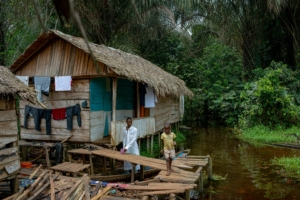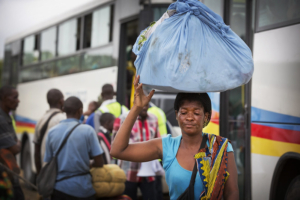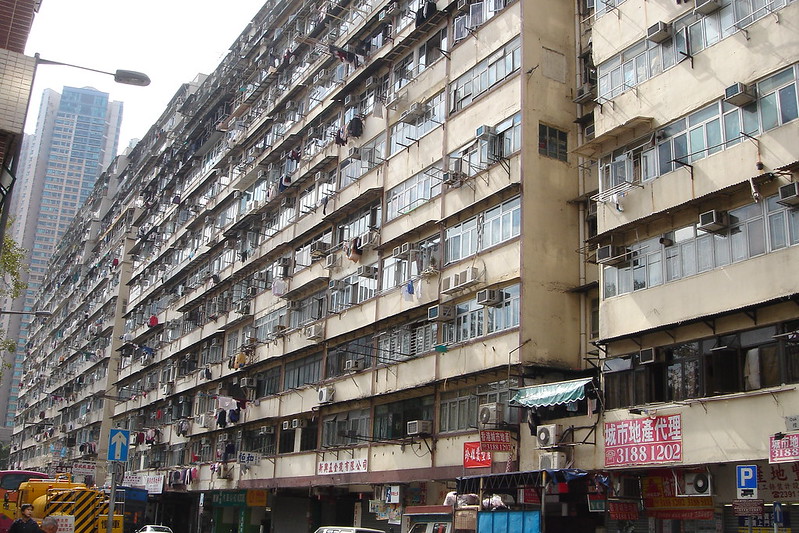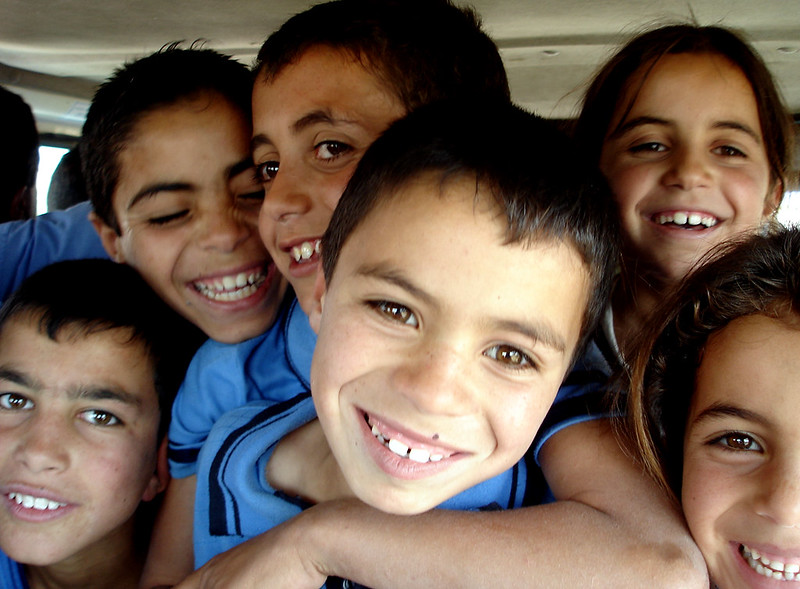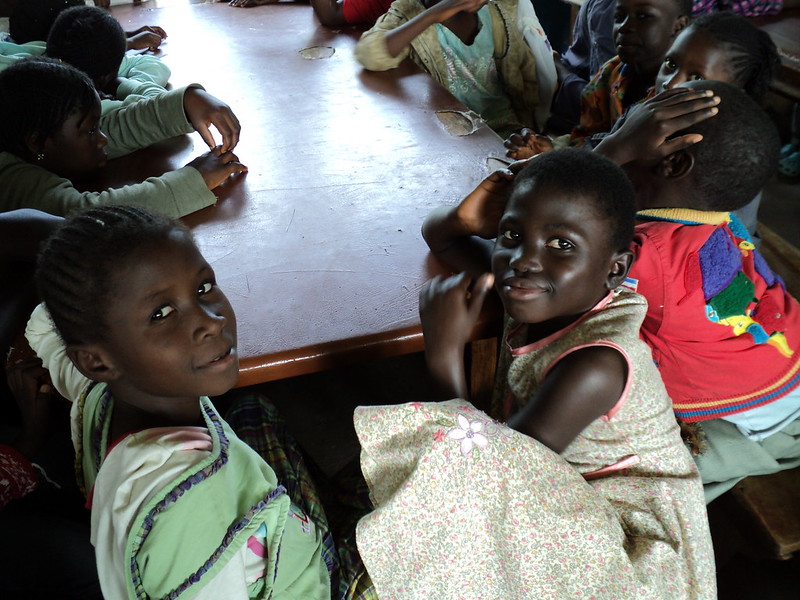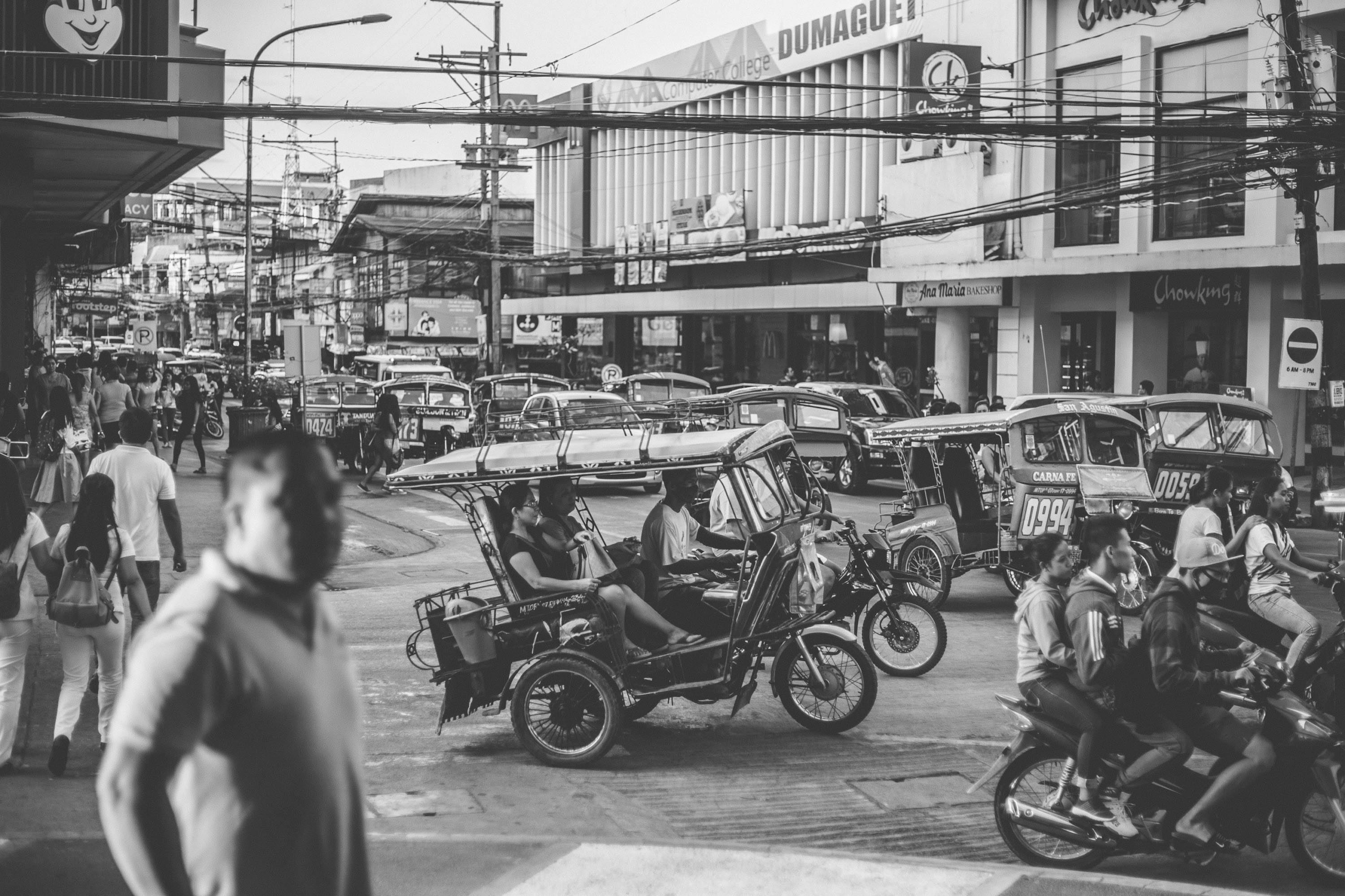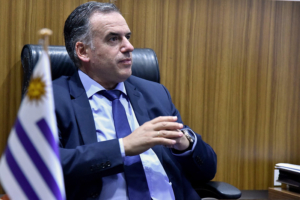 In a continent of continual crisis, Uruguay is an outlier. The Latin American country has been a success story in recent years, boasting a lower poverty rate than the U.S. However, while previous governments have helped reduce poverty in Uruguay to a low level, the newly elected president, Yamandú Orsi, still faces several challenges surrounding poverty in the country.
In a continent of continual crisis, Uruguay is an outlier. The Latin American country has been a success story in recent years, boasting a lower poverty rate than the U.S. However, while previous governments have helped reduce poverty in Uruguay to a low level, the newly elected president, Yamandú Orsi, still faces several challenges surrounding poverty in the country.
About Yamandú Orsi
On March 1, Orsi took office for the first time, a remarkable achievement for someone from humble beginnings. Orsi, 57, grew up in a house without electricity in rural Uruguay before moving to the Canelones region, where he found political success. He served as intendant (like a mayor) of Canelones from 2015 to 2024. In November 2024, Orsi secured his most significant political victory by winning the Uruguayan presidency as a candidate for the Broad Front, a left-wing coalition.
A Country of the Future
Unlike many of its South American counterparts, Uruguay is widely seen as a success story. Since returning to civilian rule in 1985, the country has prioritized financial stability, economic growth and progressive policies. It has also emphasized sustainability, with approximately 93% of its electricity coming from renewable sources.
The previous president’s attempts at reducing poverty in Uruguay have proven to be largely successful, with the country holding a 10.4% monetary poverty rate, according to the United Nations Children’s Fund (UNICEF). While the low poverty rate is a success, the reduction in the poverty rate has slowed in recent years, something that Orsi will look to address.
Child Poverty and Gender Inequality in Uruguay
Poverty in Uruguay remains relatively low. However, the same cannot be said for the child poverty rate. According to UNICEF, the rate is estimated at 19.4%, nearly double that of the national poverty rate. Uruguay’s child poverty issue is also inherently gendered, with the World Bank estimating that 71.8% of needy children live in female-led households. The cause of such high child poverty rates has been attributed to COVID-19 and unemployment within the country.
However, Orsi has pledged to expand the existing “Bono Crianza” scheme to alleviate this issue. The policy aims to improve the income and financial security of “households in situations of extreme socioeconomic vulnerability where pregnant women and/or children from 0 to 3 years old reside.”
Expanding this scheme will undoubtedly reduce child poverty in Uruguay. It will reach more and more parents in need of additional income, many of those being female-led households. Additionally, Orsi is also looking to raise social spending to “generate employment opportunities for young people.”
Poverty in Uruguay: Little Action as Positive Action
With Uruguay being a success story over the last few decades, Orsi is not looking to make wide scale changes. His plan to reduce poverty is derived from making subtle changes to the system rather than starting afresh. Through these subtle changes, Orsi will hope to bring down both the monetary and child poverty rates. Further emphasizing the impressive development that Uruguay has undergone since the 1980s.
– Andrew Nicoll
Andrew is based in Long Melford, UK and focuses on Business and Politics for The Borgen Project.
Photo: Flickr

